Transcendent Crabapple
Fruit Description

Size: Small (for apple), medium to large for crab apple.
Shape: Flat round or round, ribbed, irregular.
Skin: Golden yellow ground color often with bright red over color which can become dominant on specimens recieving ample sunlight. Cast with bloom. Smooth skinned.
Stalk (stem) and Cavity: Long slender stem. Cavity acuminate, narrow.
Basin: Very shallow, bumps, beading or wrinkles around calyx.
Calyx (Eye): Closed to open, erect convergent or reflexed.
Core (Vertical): Calyx tube conical. Stamens median. Carpels sessile.
Carpels and Axial Sac (Transverse): Carpels axile, closed. Axial sac meeting.
Seeds: Dark brown, small.
Flesh: Yellow, fine, juicy.
Flavor: Astringent, sub-acid.
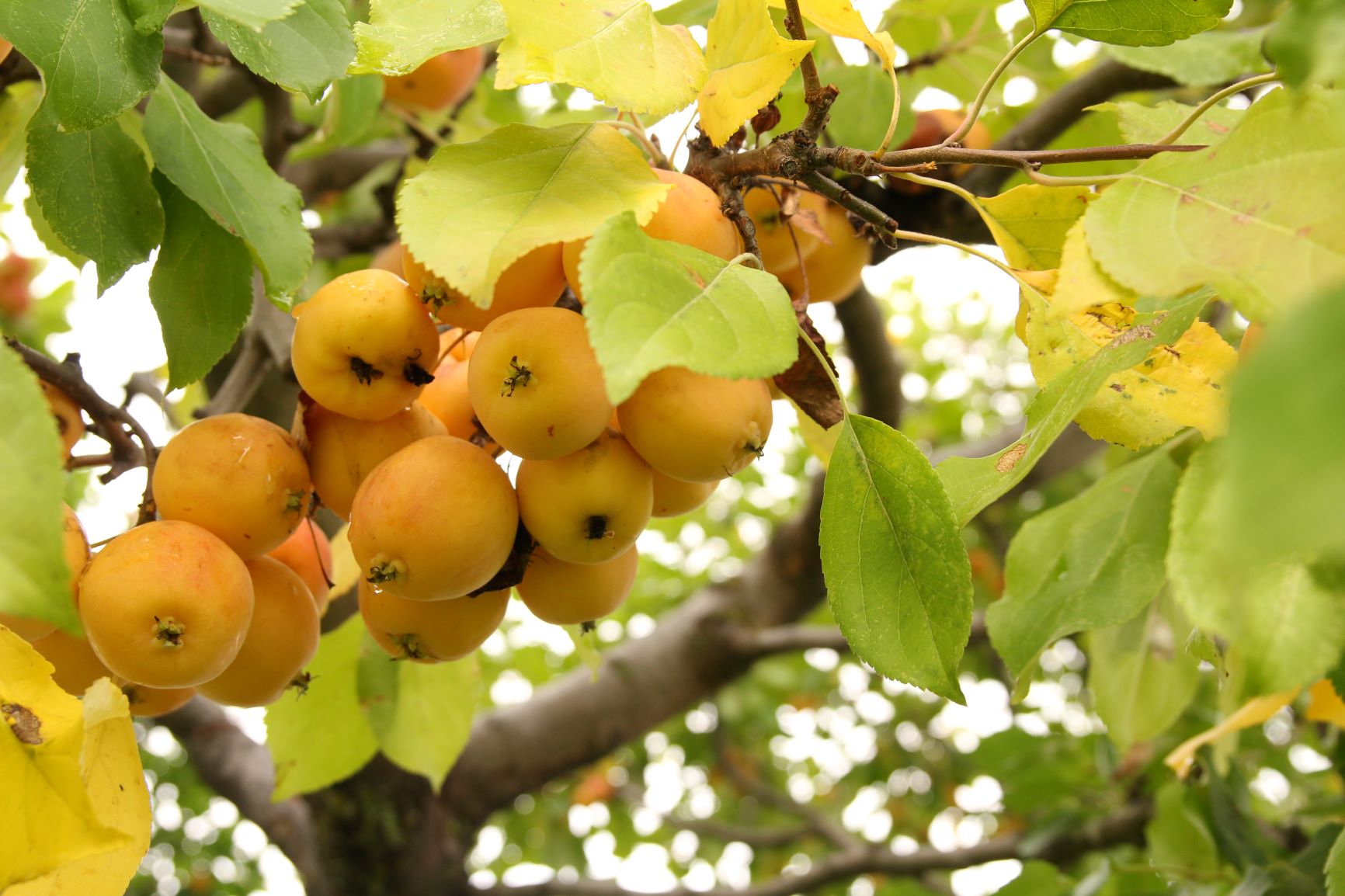
Additional Notes
Synonyms: N/A
First Recorded: 1844 but known years prior.
Origin: Unknown
Bloom time: Early to Mid.
Harvest: Mid
Use: Jelly, juice, culinary.
Storage: Poor
Disease: Susceptible to fire blight.
Tree: Large, dense canopy. Annually productive. Very cold hardy.
Parentage: Unknown
Frequency in Montana Orchards based on DNA testing: Medium
Look alikes: Whitney
History
The origin of the Transcendent crab apple is unknown but according to Bussey it was first recorded in the catalogue of Willima Prince in 1844. 2,000 Transcendents were reportedly planted and bearing by 1875 at one of Montana's first commercial orchards, the Pine Grove Farm, in Stevensville, MT. As one of the largest Siberian crabs, it was popular in the early 20th century as a jelly crab, prized for its unblemished fruit, consistent crop and cold hardy nature.
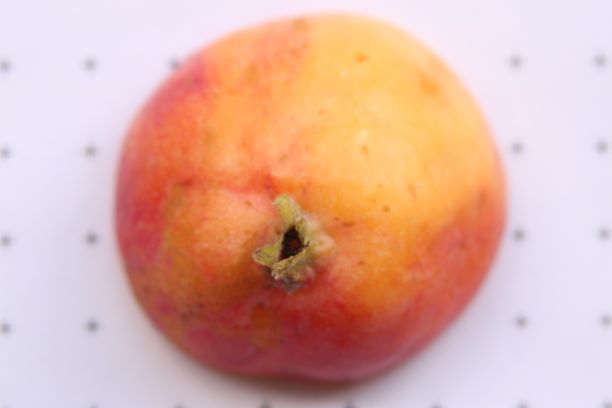

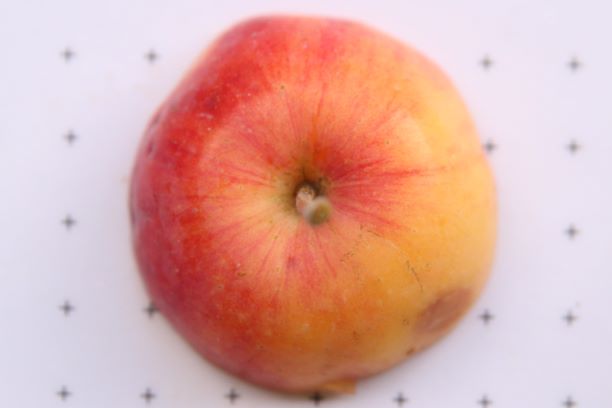
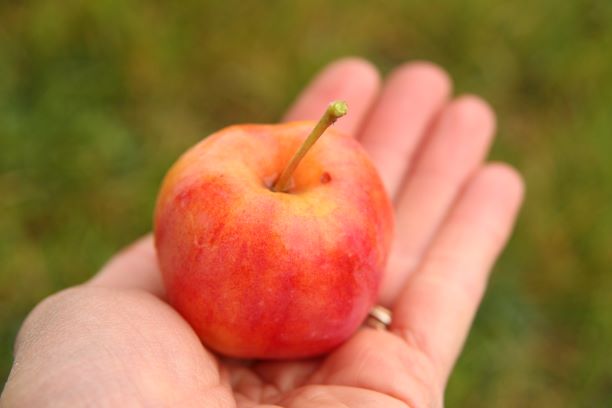

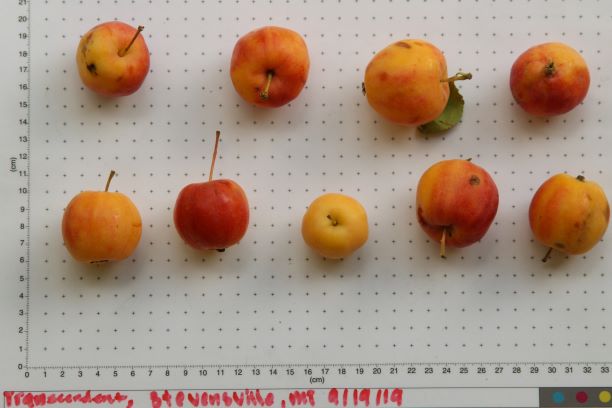
References:
Sutherlin, R.N. Rocky Mountain husbandman. [volume] (Diamond City, Mont.), 9/14/1876. Chronicling America: Historic American Newspapers. Lib. of Congress. Accessed online at https://chroniclingamerica.loc.gov/lccn/sn83025309/.

